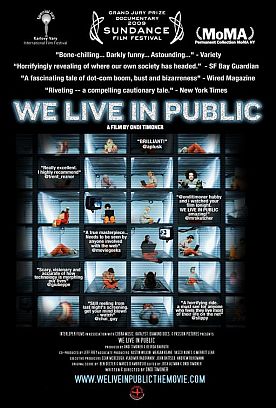Assassination Tango
Somewhere near the end of Assassination Tango, Robert Duvall, who wrote and directed the film and who plays its hero, a hired assassin called John J. Anderson, poses the catechetical question “What is tango?” to the legendary dancer, María Nieves. Tango, she avers, is life. And love. Also hate. Tango is, simply, “everything.” Well, Duvall obviously took her at her word, since “everything” for him includes the secret murder-for-hire of a general in Argentina’s equally secret “dirty war” of the 1970s and 1980s — something which a naVve person might suppose was about as far away from the stylized and very public passion of the famous Argentinian dance as you could get.
Yet it is not easy to say definitively that he is wrong to try to connect the two things, since he never really tries to show us any connection between them, beyond the fact that his character, Mr. Anderson, is both an assassin and a tango enthusiast. There may be a kind of etymological pun in the fact that the guilty generals are called “untouchables” and “tango” ultimately derives from the Latin word meaning touch, but that is, to say the least of it, a slender reed to hang a whole movie on. The scenes in which Anderson — or somebody else — dances with the strikingly beautiful and accomplished tango-instructor, Manuela (Luciana Pedraza), are enjoyable and entertaining in themselves, of course, but they have no connection with the assassination plot.
This, too, is somewhat engaging and results in multiple betrayals among the members of the cabal — Miguel (Rubén Blades), Orlando (Julio Oscar Mechoso), Tony Manas (Raúl Outeda) and Frankie (Frank Gio) back in New York — that hires Anderson to come to Buenos Aires because he is “the best” of assassins. These mysterious betrayals are possibly designed to ensnare the visiting gringo and possibly not, but we get no overview of who, if anybody, is pulling the strings. All we know is that John J. is in danger both from the Argentine cops and from one or more of his co-conspirators in the assassination plot, and that he must keep his wits about him to survive their pursuit. Perhaps the rather routine derring-do of his escape from Argentina is also supposed to remind us, somehow, of the tango.
More likely as the film’s thematic fulcrum is the contrast between both the tango and the assassination on the one hand and Anderson’s relationship back in New York with the winsome Maggie (Kathy Baker) and her young daughter Jenny (Katherine Micheaux Miller), on whom he dotes and of whose innocence he is immensely protective, on the other. Before he jets off to Buenos Aires, Maggie tells him how she feels about the mysterious “security work” that takes him away from her with some regularity. “It’s like you become someone else for a while, and then you’re back.” The tango, too, as a kind of performance, may be seen as giving him a chance to be someone else for a while.
But the suggestion that the excitement of the dance, like that of the glamorous job of hired killer, represents a kind of sensual holiday (the beautiful Manuela offers herself to the wrinkled old killer saying laughingly, “welcome to Argentina”) from the equally attractive and ultimately more powerful domesticity he enjoys back in Queens with Maggie and Jenny is not in itself enough to knit together the two separate halves of the movie. And the fact that Anderson instructs an Argentine prostitute to call him “daddy,” together with his obsessive concern about growing old and wrinkled, is obviously meant to suggest a complex psycho-sexual origin of his interest in Jenny and represents a further distraction. Duvall has put several of his disparate interests into an occasionally interesting grab bag, but it doesn’t quite add up to a movie.
Discover more from James Bowman
Subscribe to get the latest posts to your email.








